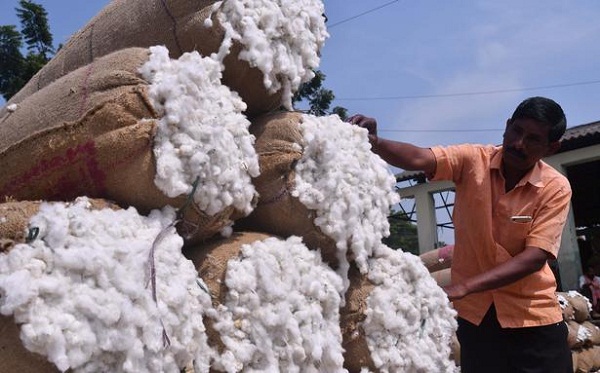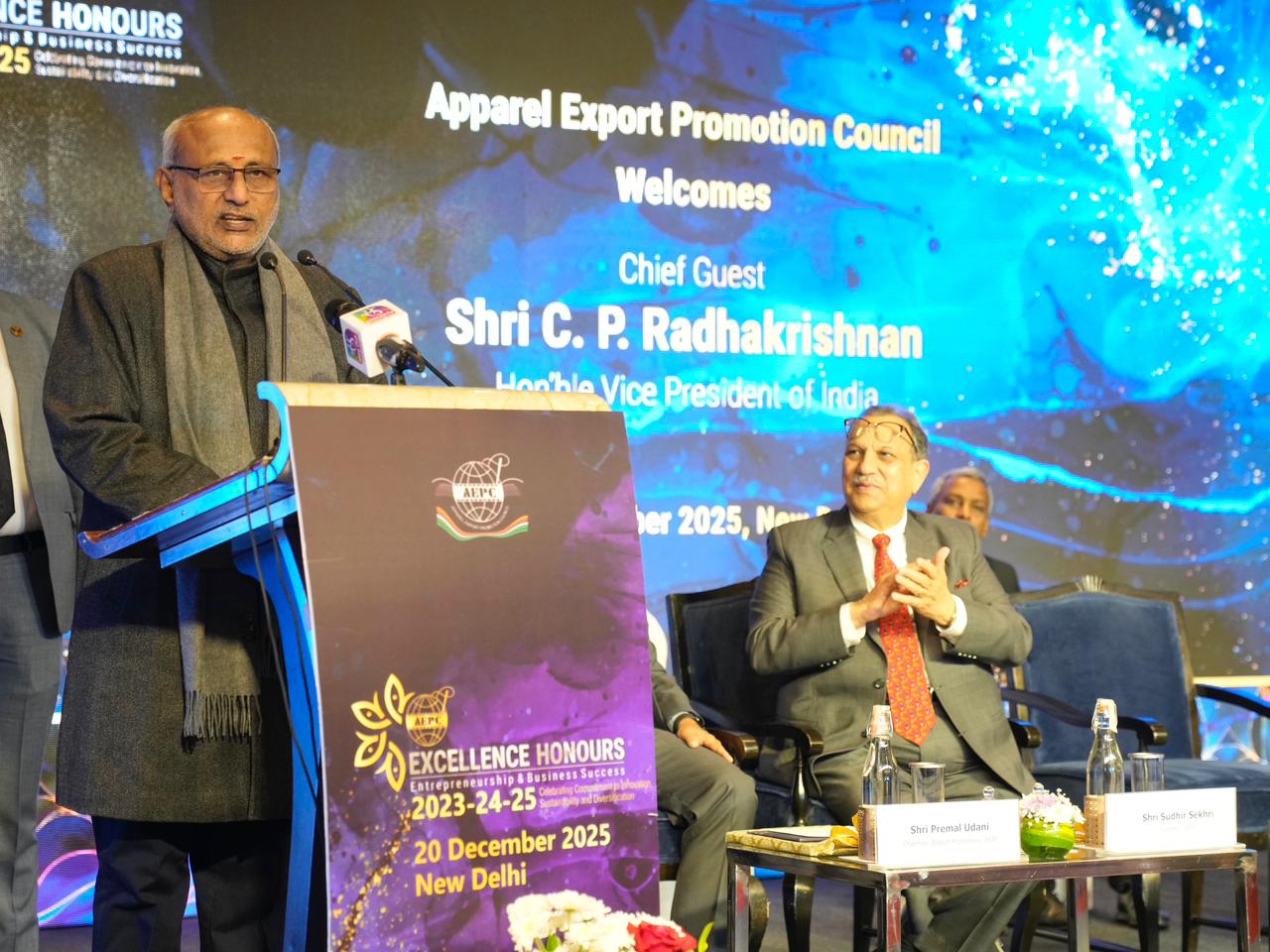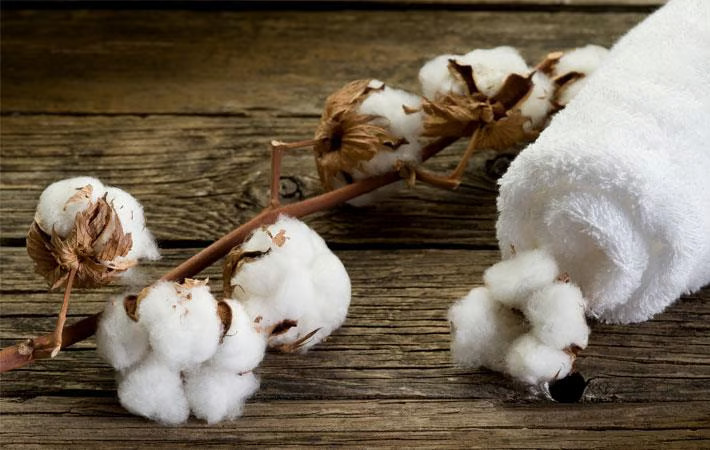
Hit by rising prices of cotton yarn, textile manufacturers in India are making various demands to the government, As per A Narayanamoorty, Senior Professor and Head, Department of Economics and Rural Development, Alagappa University, Karaikudi, farmers are demanding higher taxes on cotton exports, scrapping of the11 per cent import duty on cotton and a halt in cotton trade to stabilize prices. However, these demands are likely to affect 58 lakh Indian farmers engaged in cotton cultivation on almost 134 lakh hectare in the country, says Narayanamoorty. India grows cotton in various states with Maharashtra, Gujarat, Telangana accounting for almost 70 per cent of India’s total area under cotton cultivation.
India is also the world’s largest cotton cultivator with cotton being cultivation on around 37 per cent of its agricultural land. The area under cotton cultivation increased significantly from 77 lakh hectares in 2002-03 to about 134 lakh hectares in 2019-20. During this period, India’s cotton production also increased from 86 lakh bales to 352 lakh bales.
Rising costs offset production benefits
Cotton cultivation is a complicated process in India. Farmers face various challenges during the process. First, they have to cultivate under a rarified area. Besides, they have to face a low yield and high risks. The high risk of bollworm and other pests attack also increases farmers’ costs on pesticides.
Cotton cultivation in India is mainly a manual process and requires a large labor force. The cost of harvesting is also high. Data from the Commission for Agricultural Costs and Prices (CACP) shows, in Maharashtra, the cost of cotton cultivation per hectare increased from Rs 14,234 in 2000-01 to Rs 84,743 in 2018-19. The cost of cotton cultivation in Gujarat also increased from Rs 10,691 to Rs 75,186 during this period while in Tamil Nadu, it increased from Rs 28,149 to Rs 113,334. The cost of cotton cultivation in these states increase almost seven times during the 2000-01 to 2018-19 period.
Besides cultivation costs, the value of production (VOP) of cotton per hectare also increased from 2000-01 to 2018-19. VOP in Maharashtra increased from Rs 12,148 to Rs 85,937, Gujarat from Rs 8,696 to Rs 83,209 and Tamil Nadu from Rs 20,992 to Rs 98,966.
Increased VOP fails to curb prices
However, increase in VOP failed to protect farmers from huge losses as cultivation cost is increasing rapidly. Rising cultivation costs are forcing farmers to sell cotton at lower than the Minimum Support Price to private traders. Reports from CACP show, from January 2019-January 2021, farmers sold cotton below the determined MSP. Of the total 119 market days, cotton prices in Maharashtra surged above MSP for just 86 days during the kharif season, from October 2020 to February 2021. In Gujarat, they surged for just 32 days out of 140 days.
Farmers call for government measures
However, rise in cotton prices has led to farmers demanding 11 per cent import duty on cotton and a higher tax to restrict cotton exports unjustifiable. Textile manufacturers are also urging the government to halt futures trade in cotton. However, their reasoning that cotton prices increase due to futures trade is invalid as India holds a miniscule share of just 0.27 per cent in global cotton futures trade.
Resumption in textile production is also boosting cotton prices in India. However, there is a huge demand-supply mismatch in the country as farmers shy away from cultivating cotton due rising costs. Granting remunerative prices can prevent them from importing cotton from other countries.












